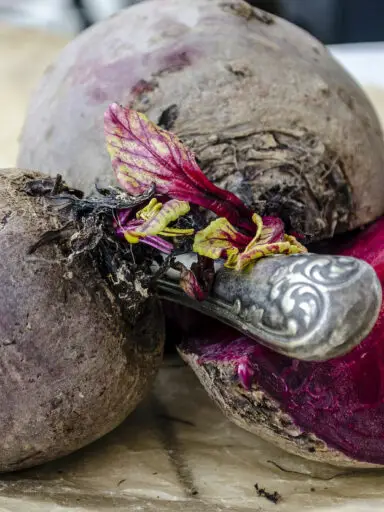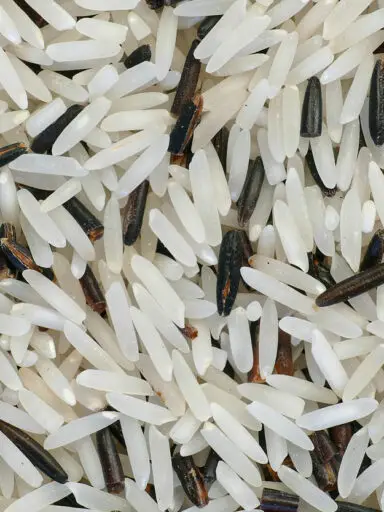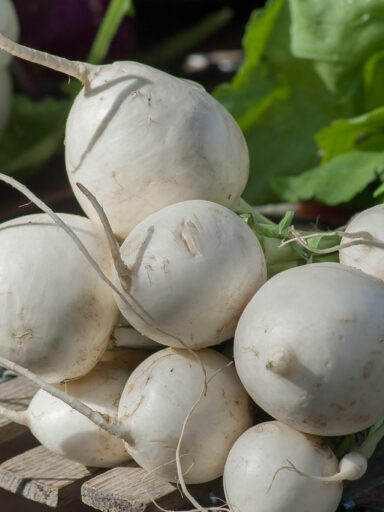Olives are the fruit of the small olive tree of the botanical name Olea europaea, which means “European olive”. The tree is found growing in the Mediterranean basin all the way from Portugal into the Arabian peninsula, stretching as far east as China. The tree can also be found cultivated as far south as Argentina and in the West in the Caribbeans and up to California.
The olive has a history related to the Greeks who believed the fruit brought peace and prosperity. It is an evergreen tree that rarely grows above 8-15m tall. It has silvery green oblong leaves with a reach of 4-10cm and 1-3cm wide. The trunk grows twisted and gnarled.
The olive fruit is a drupe that grows to about 1-2.5cm long. They are harvested when they are green to purple. The fruit contains a single seed also known as a stone or pit.
Olives can be purchased in grocery stores. They can come pitted, sliced, whole, oil-cured, or stuffed. Once at home they should be stored in a cool dark place. Open jars should be stored in a refrigerator in brine. They can keep for a couple of months in those conditions.
How to Prepare the Olive for Consumption
Olives pulled out of the can should be run under water lightly to reduce the brine content. Olives can be eaten as a snack or added to other dishes as an ingredient. They are popularly used in pizza, pasta, and salad dishes. They are also an integral ingredient in sauces and dips.
Olives are also a source of the well-known olive oil that is used in cooking and dressing salads alongside medicinal uses.
Nutritional Content of Olives
Olives are medium in calorie content and contain large amounts of oil and contain no saturated fats. The olive contains no cholesterol. In terms of vitamins and minerals, it contains modest amounts of vitamin A and vitamin E. It is also a rich source of sodium, iron, and potassium.



